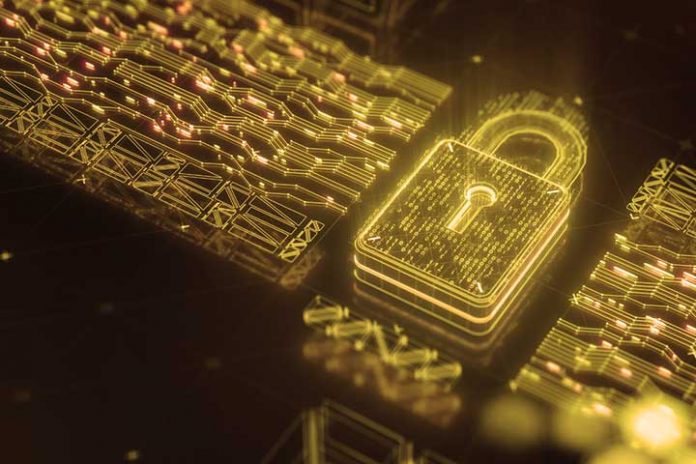The use of technology and the Internet offers us many advantages but also makes us vulnerable in a changing and constantly evolving environment such as the digital one. The reason is that it is no longer just about looking after our assets from a physical point of view, but about reinforcing security in all those aspects related to information and communication technologies in the home.
What is cybersecurity?
Cybersecurity is a set of techniques and methods whose objective is to protect the systems integrated in the so-called “Internet of Things” (IoT, for its acronym in English). This includes a multitude of devices, networks, platforms and applications in the digital environment, as well as all the technologies that facilitate their synergy with the data stored in the cloud.
Currently, the IoT is present in everyday items (smart watches and bracelets, alarms connected via the Internet to an Alarm Receiving Center or mobile applications, are an example) with the ability to transmit and process information through the Internet. However, users are often not fully aware of this, and that makes us more vulnerable to possible cyberattacks. The reason is that these interconnected elements are configured in the form of layers that require their own protection.
Cybersecurity: security risks and threats in the digital environment
Expressions such as cyberwar, cyberterrorism or cybercrime are penetrating with force in our society. Although it is hard for us to believe, the hacking of mobile devices and other household items is already a reality.
Some current cybersecurity threats are:
- Data theft: Data stolen in a cyberattack is often sold on the black market and can lead to identity theft, unauthorized financial transactions or purchases, fraud, and even other criminal actions.
- WiFi network hacking: Internet network hacking can allow you to control all devices connected via WiFi. If cybercriminals can control the traffic of information and decrypt the data that is exchanged between the router and the smart devices or “IoT devices”, they will have access to them and can, for example, disconnect the home alarm to enter to steal .
- Threats through mobile phones: Mobile phones are devices continuously connected to the Internet and are very vulnerable to possible hacks. To improve cybersecurity and avoid risks, we recommend you investigate before downloading an application on your mobile, carrying out any transaction or making inquiries from your smartphone.
- Phishing: Phishing is a fraudulent practice to obtain confidential user data. This is one of the most common forms of cyberattack: users receive a message in their email or on their smartphone, supposedly from an official body or company (Social Security, Treasury, telephone company, etc.), requesting passwords or access to their accounts, financial data, etc.
Cybersecurity challenges at home
The question we ask ourselves is: why does the digital environment make us so vulnerable to cyber attacks, even in our own home?
Hyperconnectivity is a relatively new phenomenon. And although the efforts dedicated to this matter are increasing, it is still an unknown area and with a lack of expert personnel in cybersecurity and associated risks. This lack of experience means that many products have security flaws both in their design and in their operation (information encryption, lack of access security, etc.), which makes it difficult to develop and apply advanced and effective cybersecurity protocols. .
Another of the great challenges of cybersecurity is its cost . Many manufacturers of networks, apps, electronic devices or online management platforms focus solely on supply/demand, which prevents their systems from incorporating security elements against IoT attacks because these would increase their price. Faced with this situation, they must choose between optimizing their hardware resources and the functionality of their products or improving security requirements or, what comes to the same thing, between prioritizing security or efficiency.
Finally, we cannot forget that the digital ecosystem is very complex (devices, communications, interfaces and people interact in it), which poses great challenges from a technical and legal perspective. To begin with, the lack of a clear assignment of responsibilities (manufacturer/service provider/user) in products and applications can lead to ambiguities and conflicts. Even so, the use of many IoT services prevents the possibility of remaining anonymous and this makes it increasingly important to improve concepts such as “Privacy by Design” and “Data Protection”.
Cybersecurity at home: some tips
Just like in any other area, home cybersecurity is constantly evolving. Your main objective should always be to protect the home’s electronic systems and avoid the risk of computer attacks, hacks or any data or identity theft.
Some cybersecurity tips for the home are:
- Try to vary the passwords of your security systems and make them long and complex.
- Analyze what kind of information about your home that you share on social networks and the internet.
- Correctly configure the privacy of your accounts, payment gateways, etc.
- Configure your router to modify your WiFi password.
Also Read: Cybersecurity – Why Is It Important?

